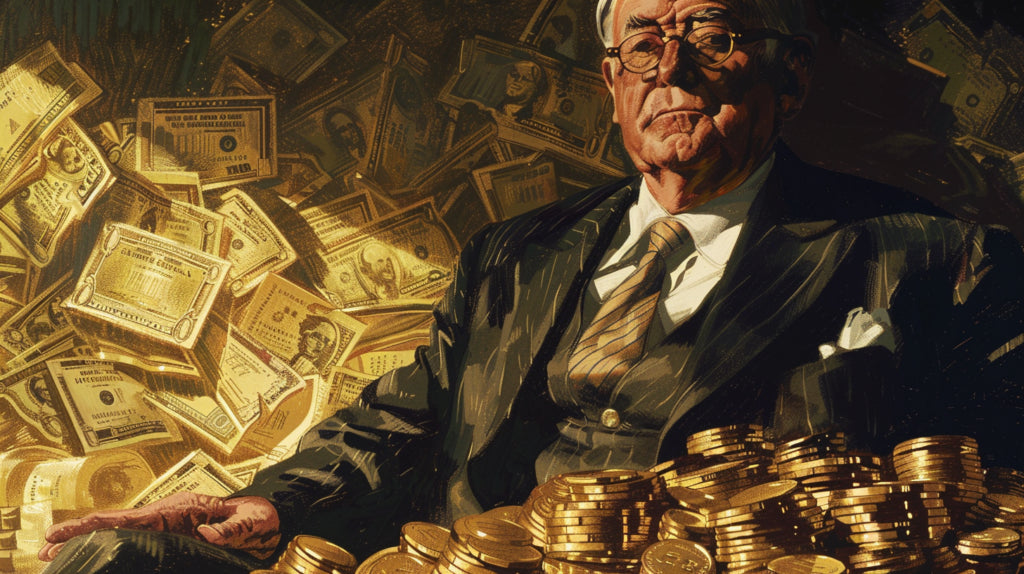
Prices have increased by 2500% since FDR's departure from the gold standard.
On April 5, 1933, amidst America's severe economic depression, Franklin D. Roosevelt made the unprecedented decision to abandon the gold standard, wielding questionable legal authority. His unconventional approach to monetary policy, often guided by whimsical methods like coin flips and lucky numbers, led to unparalleled inflation and price hikes, resulting in a cumulative inflation rate of nearly 2500% since then. Our guest commentator delves into this tumultuous history and the enduring economic challenges that continue to afflict America today.
Originally published by the Mises Institute, the opinions expressed in the following article do not necessarily reflect those of Peter Schiff or SchiffGold.
The world was replete with paper scraps during April 1933, as America grappled with a severe economic downturn. Newly elected President Franklin DeLano Roosevelt, who had previously claimed legal authority under the Trading with the Enemy Act to take control of the monetary system, responded by abandoning the gold standard. Despite the Act's irrelevance to the situation (as the nation was at peace with no apparent enemy), it was easily brushed aside.
During FDR's famed first hundred days in office, a flurry of legislation, much of it unread, passed through Congress, while the president enacted what remained with a mere wave of his hand. Roosevelt's executive order prohibiting Americans from owning gold (dubbed Executive Order #6102) epitomized the era. In the 1930s, the Strong Man archetype was popular, and FDR, despite his privileged upbringing, embodied it. Such quirks are a hallmark of democracy.
FDR's confiscation of gold was part of his economic recovery plan, aimed at raising prices, which he promised would be a "controlled inflation." History would prove this promise false, as inflation since 1933 has soared to 2,448%, a level unprecedented in American history. Yet, viewing this solely through statistical lenses overlooks the most captivating part of the story. Sometimes, history reads like the wildest fiction.
In late 1933, Roosevelt, still in bed, held informal morning meetings in his bedroom, an indicator of his favor. George Warren, an economics professor, basked in Roosevelt's attention as they collaborated to manage price levels. FDR, known for his light-hearted demeanor, often decided daily gold market targets through trivial means like coin flips or lucky numbers.
Despite FDR's lack of expertise in monetary matters, his boldness drove him to intervene in the monetary system with gusto. However, his carefree attitude belied the seriousness of his position. Unlike Alexander Hamilton, who meticulously crafted the old monetary system, FDR approached modernizing it with casual indifference. Nearly 2,500% inflation later, the consequences of his actions still reverberate.
FDR's tenure left an indelible mark on the monetary system, but his unserious demeanor in a position of great power contributed to the subsequent challenges. His cavalier attitude toward governance echoes the recklessness of characters like Tom and Daisy Buchanan from "The Great Gatsby," individuals who "smashed up things and creatures" without concern, retreating into their wealth.
